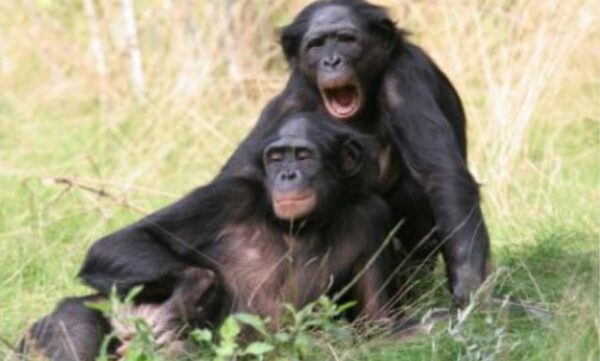Lifestyle
5 animal species you didn’t know can be gay

In the animal kingdom, the idea of same-sex behaviour might seem surprising, but it’s quite common.
Scientists have observed such behaviours in more than 1,500 species.
Many people think of animals as strictly following natural laws when it comes to mating and relationships.
However, many animal species exhibit same-sex behaviours. These behaviours range from same-sex courtship and mating to long-term pair bonding and parenting.
The reasons behind these actions vary and include social bonding, practice for mating, and sometimes simply preference. Understanding these behaviours helps us see the natural diversity of animal interactions.
Let’s explore five fascinating species that display homosexual behaviours:
1. Bonobos
Bonobos are known for their peaceful and cooperative societies. In bonobo communities, sexual activity is a key part of social bonding, and same-sex interactions are frequent. Female bonobos, in particular, form strong bonds through genital-genital rubbing, known as GG-rubbing. These interactions help reduce tension and build alliances within the group.
2. Japanese macaques
Japanese macaques, also called snow monkeys, are another species where same-sex behaviour is observed. Female macaques form consortships, temporary relationships where they engage in sexual activities and grooming. These bonds are not just for reproduction but also serve to establish social hierarchies and strengthen group cohesion. Researchers have noted that these interactions are more about social bonding than dominance or competition.
3. Bottlenose dolphins
Bottlenose dolphins are highly social animals known for their intelligence and complex behaviours. Same-sex interactions are common, especially among males. Young male dolphins form lifelong bonds through activities that include sexual behaviour. These bonds are crucial for their social structure and cooperative hunting. Female dolphins also engage in same-sex behaviours, which are believed to strengthen social ties within pods.
4. Penguins
Several penguin species, including king and gentoo penguins, exhibit same-sex pairing. Male pairs engage in mating rituals, build nests together, and sometimes even raise chicks if they adopt eggs from other nests. These behaviours have been documented in zoos and wildlife parks, where same-sex pairs can be seen raising healthy chicks together. This indicates that such partnerships can be just as successful as opposite-sex pairs.
5. Giraffes
Giraffes might not come to mind when thinking of same-sex behaviour, but they are known for it. Male giraffes often engage in necking, a behaviour where they entwine their necks and engage in mutual courtship.
These interactions can sometimes lead to mounting. Studies have shown that same-sex interactions among giraffes occur more frequently than opposite-sex interactions. This behaviour is believed to play a role in social bonding and establishing dominance.







